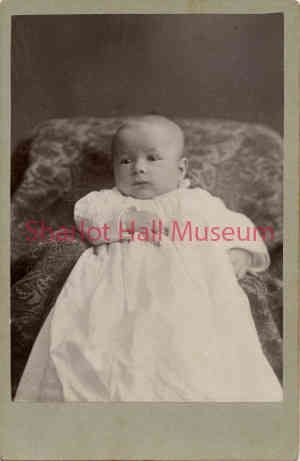By Norm Tessman. Updated by Bailey Cacciatore
Mastodons were on the brink of extinction when one died in a shallow watering hole 15 miles southwest of today's Prescott. The last major ice age had ended, and the climate was similar to today’s. There have been many questions about this creature’s passing,, including the cause of death and the possibility it was killed by human hunters.
A research project in spring of 1999 by Sharlot Hall Museum hoped to answer some of these questions. A team of professional paleontologists, anthropologists and volunteers reopened and extended a site near a prehistoric water hole where a mastodon died. They searched for more of its bones and those of other animals, for evidence of who or what killed them and for clues about prehistoric Arizona’s environment.






